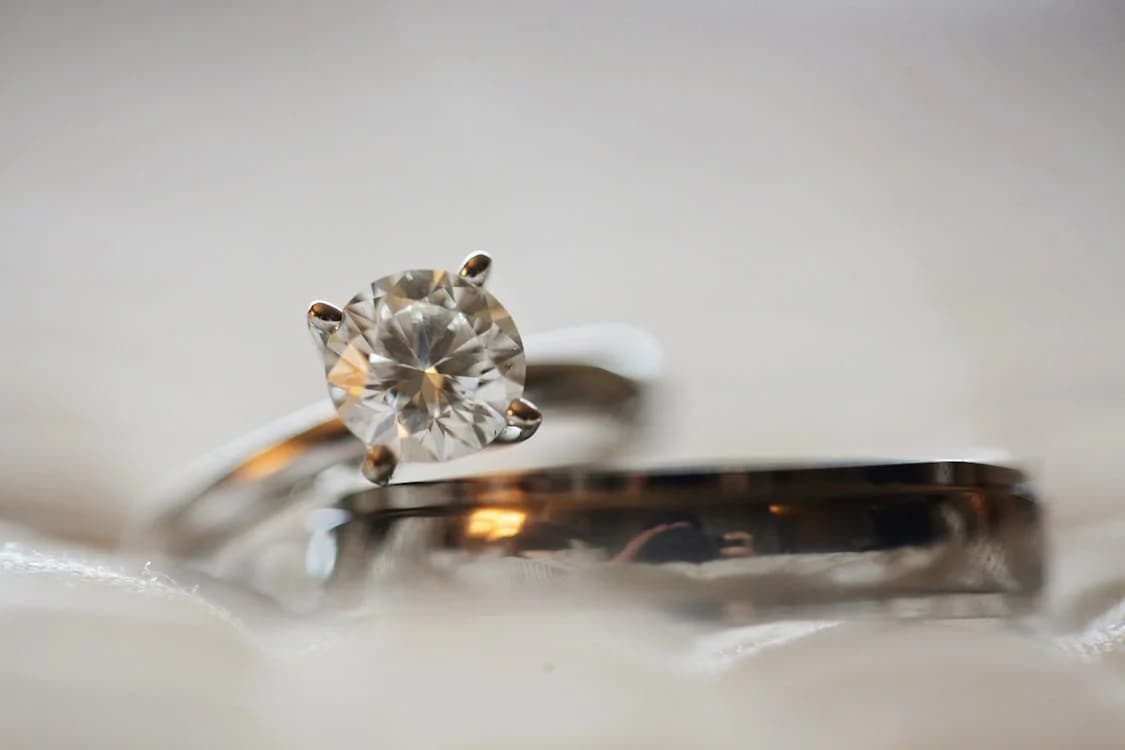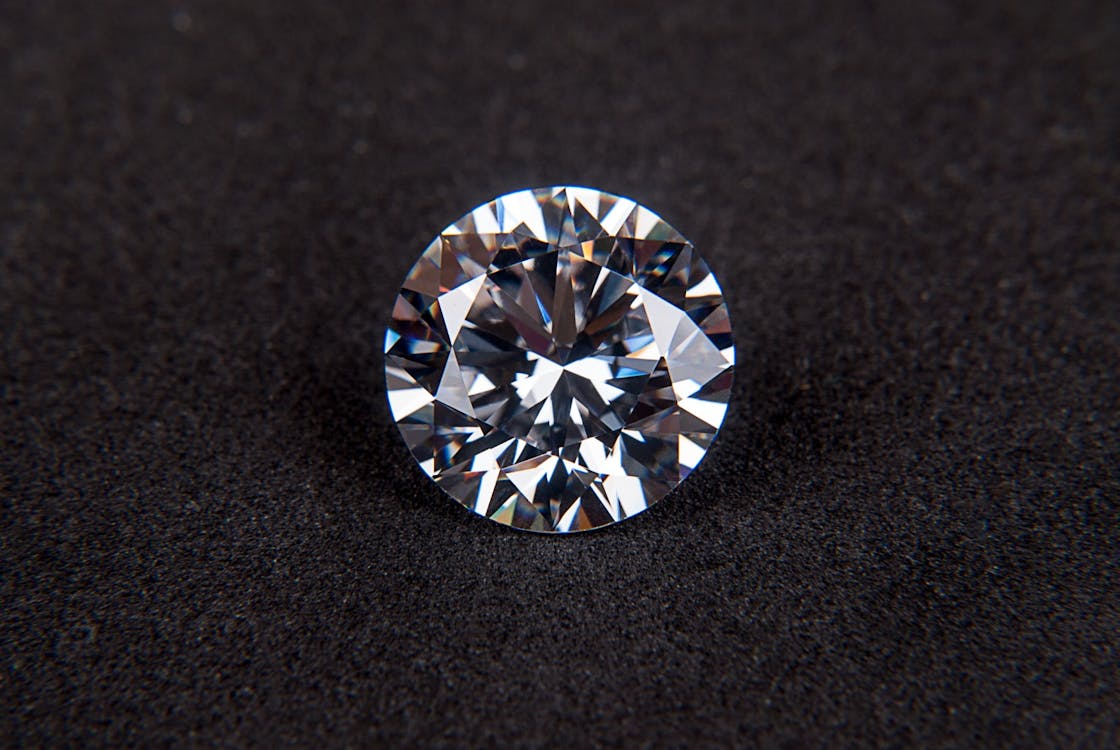Diamond Jewellery – Spotting A Fake
Aside from contributing to a great-looking jewellery piece, providing sparkles and reflecting a beautiful spectrum of light, the unique hardwearing material that diamonds are made out of, make them great to invest in. Such is their value, diamond jewellery is regularly passed down through families or used to provide collateral – so the trading of them is big business.
If you collect diamond pieces yourself, how can you ensure that any investments you make are genuine? Being popular gemstones, many jewellery items may give off the impression that they include diamonds –but are in fact, sophisticated copies that are worthless. So how to spot a fake from fact?

Spotting Fake Diamond Jewellery
As an experienced purveyor of new and pre-owned diamond jewellery, we’re often asked by our clients about how they’ll be able to tell the difference between what’s real, and what’s not.
If you have any diamond pieces that you wish to test, whether you’re considering selling them, using them as loan collateral or simply wish to be aware of their true value, here are some easy ways to do so at home:
- The magnifier test. Often called a loupe, this type of handless magnifying glass can be obtained from any jewellery retailer and allows you to take a closer look at your gem and its setting. The first thing you should look out for is flaws in the stone. As they’re a product of nature, the majority of diamonds will contain imperfections on their carbon surface. A stone that’s fake would be perfect (although it should be noted that lab-grown diamonds will also be perfect, so take it as a sign to proceed with taking an even closer look – follow the next steps).
Secondly, look at the edges of the diamond – when looking through a loupe, a genuine stone will have sharp edges, whereas a fake will have edges that are rounded. Afterwards, take a look at the diamond’s mountings and etchings – look for any marks that show what metal was used. If the metal is gold-plated or silver, it’s unlikely that the diamond is genuine – real pieces are likely be placed in more-expensive materials, such as gold or platinum. As for the mounting, if the setting looks like it’s of poor quality, it likely indicates that the diamond used isn’t real.
- The sandpaper test. Rubbing your diamond jewellery with sandpaper is the easiest and quickest way to understand if it is genuine or not. As one of the world’s hardest materials, the diamond will be unharmed by the sandpaper’s rough surface – which is more than what we can say for materials like cubic zirconium (a common diamond replacement), which will scratch up under pressure from sandpaper.
- The fog test. At some point, you would have probably fogged up a bathroom mirror when you use the shower or turn on the hot water tap – this happens because the glass retains heat. Diamonds though, do not – so if you breathe hot air onto a jewellery piece, if it doesn’t fog up you will know it’s likely a genuine diamond.
- The light test. One of the best features of a diamond is the way that it reacts to light, reflecting a unique glow. Inside of the stone, the diamond will sparkle white and grey (known as ‘brilliance’), while on its outside, it will reflect a rainbow colour spectrum onto other surfaces (this light is often known as the diamond’s ‘fire’).
A fake diamond will have rainbow colours that you can see inside the diamond – this contributes to the popular misconception that diamonds sparkle ‘like a rainbow’. The sparkle, as we know, is white-grey – the rainbow colours are the reflection that appears on other surfaces. - The refractive test. The sparkly nature of diamonds is due to the way they are able to refract and bend light. Whereas glass, quartz and cubic zirconium are able to mimic the brilliance of a diamond, they will have a much lower level of refraction.
If your stone isn’t in a setting, you can place it over a newspaper and the light will scatter inside a real diamond and prevent a black reflection. A fake will let the black of the newspaper shine through - you may even be able to read the words through it, depending on the size of the ‘stone’!
These are a few basic ways you can determine whether your diamonds are likely to be real or not. The only sure-fire way you will know is by getting your pieces tested and valued by a professional jeweller. So if you’re unsure – always get advice, it’s more than worth it.
High Quality New & Pre-Owned Diamonds, From Mallards
If you’re interested in buying new or pre-owned diamond jewellery, genuine pieces that have been enjoyed for many years, then why not take a look around our wide and varied selection here at Mallard? The diamond collections we have created include rings, pendants, bracelets and many other items in wonderful styles that are uncommon in today’s markets.
If you have any questions about any aspect of pre-owned or new diamonds, please feel free to give us a call on 01268 534 343 or send an e-mail via our contact page.
